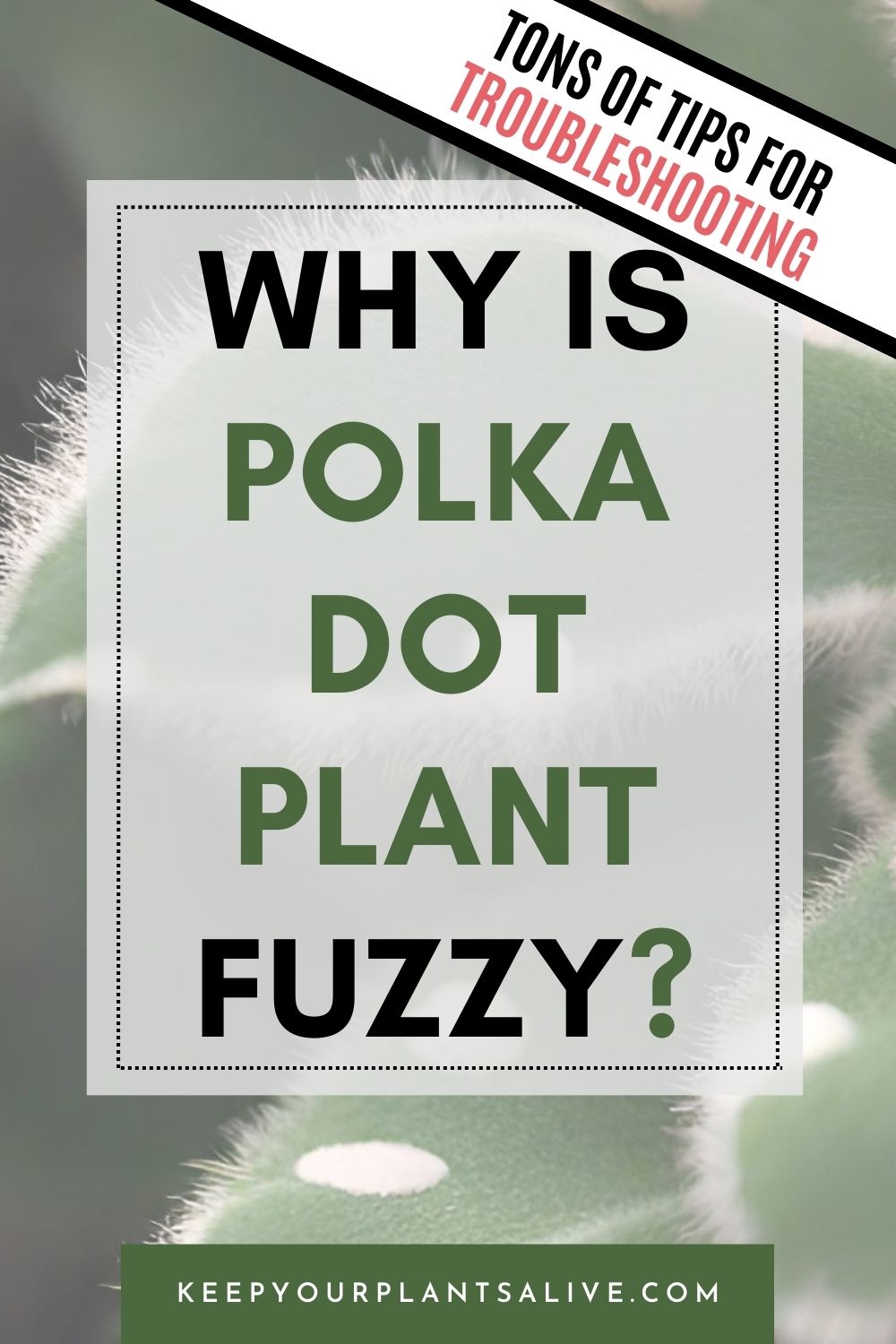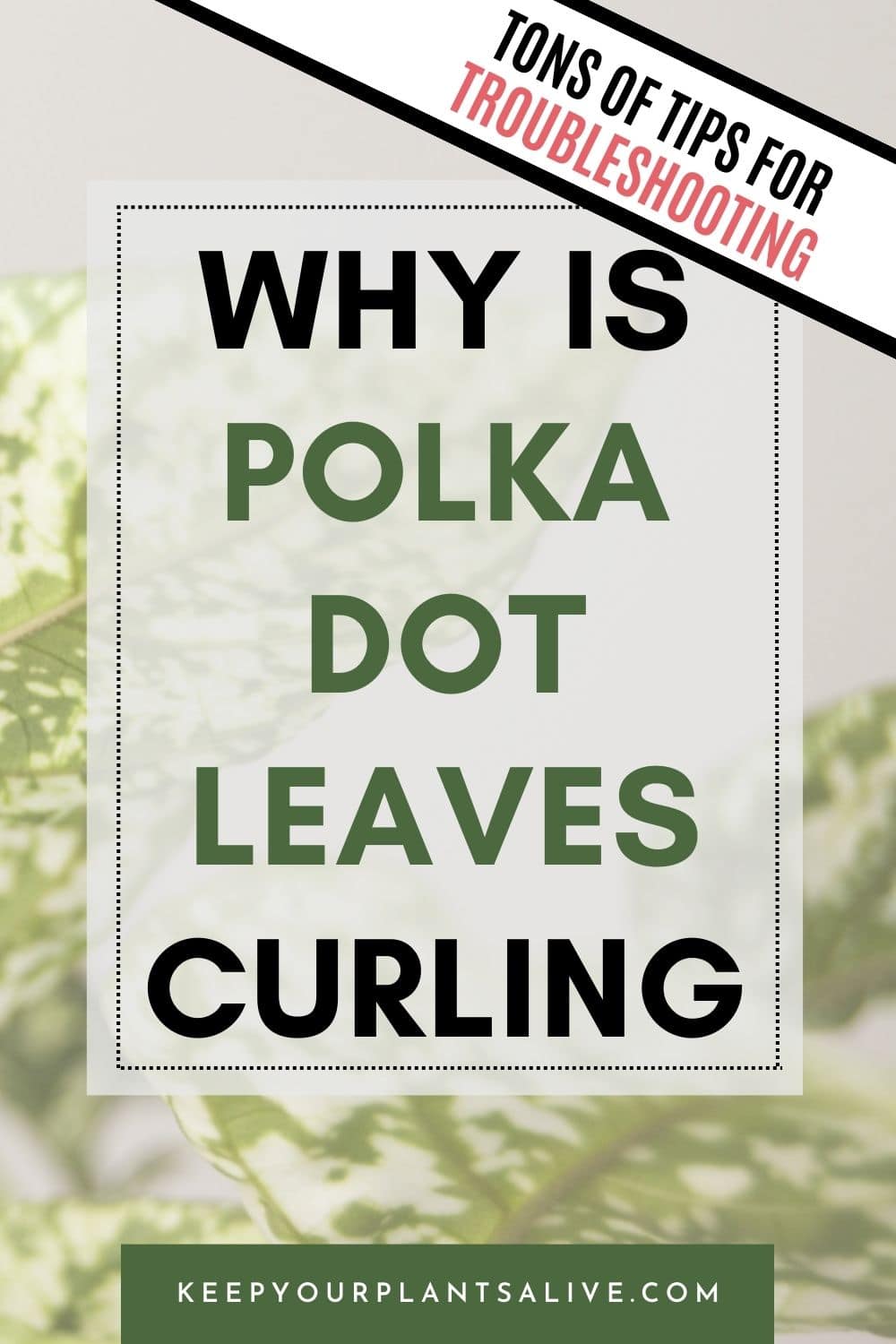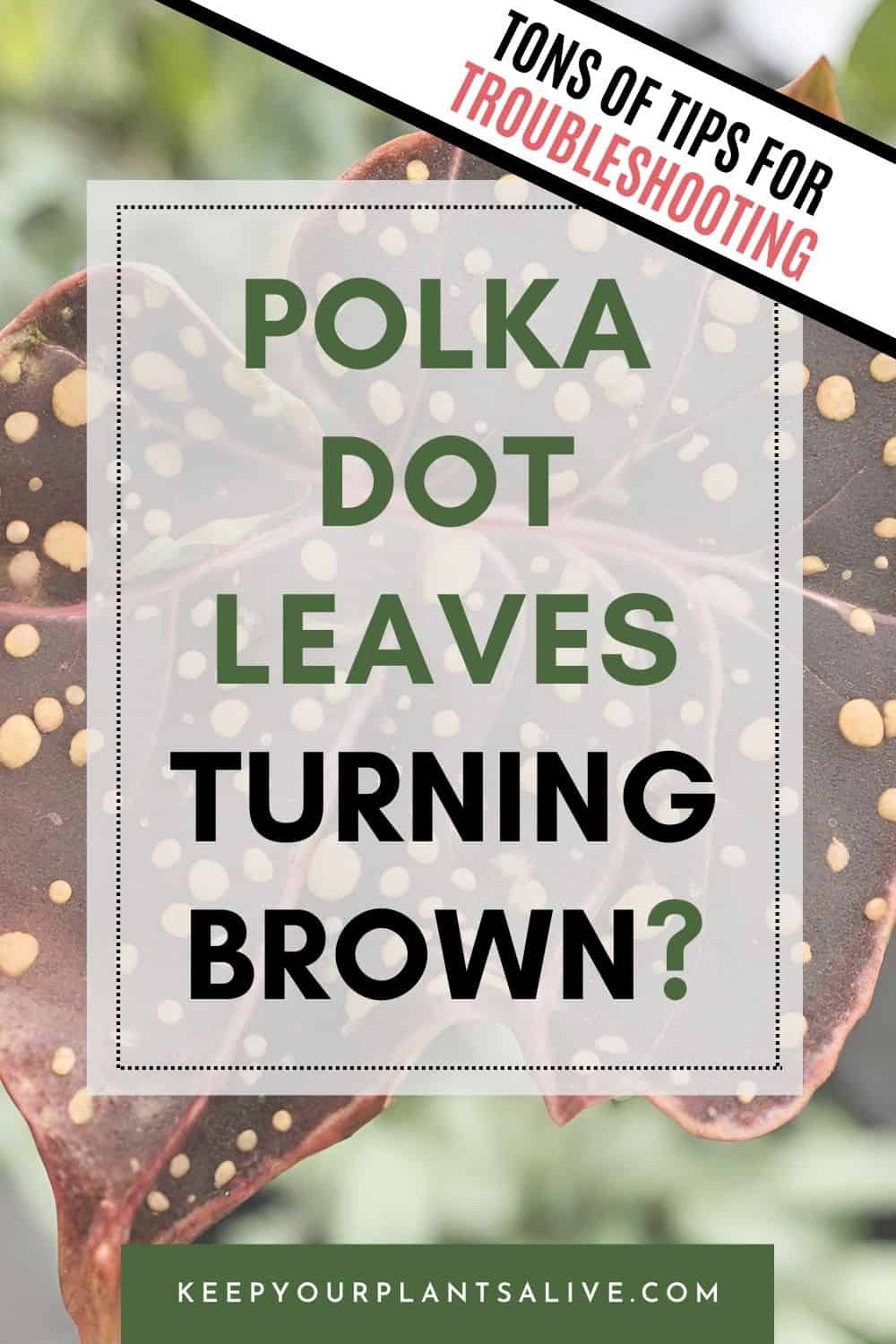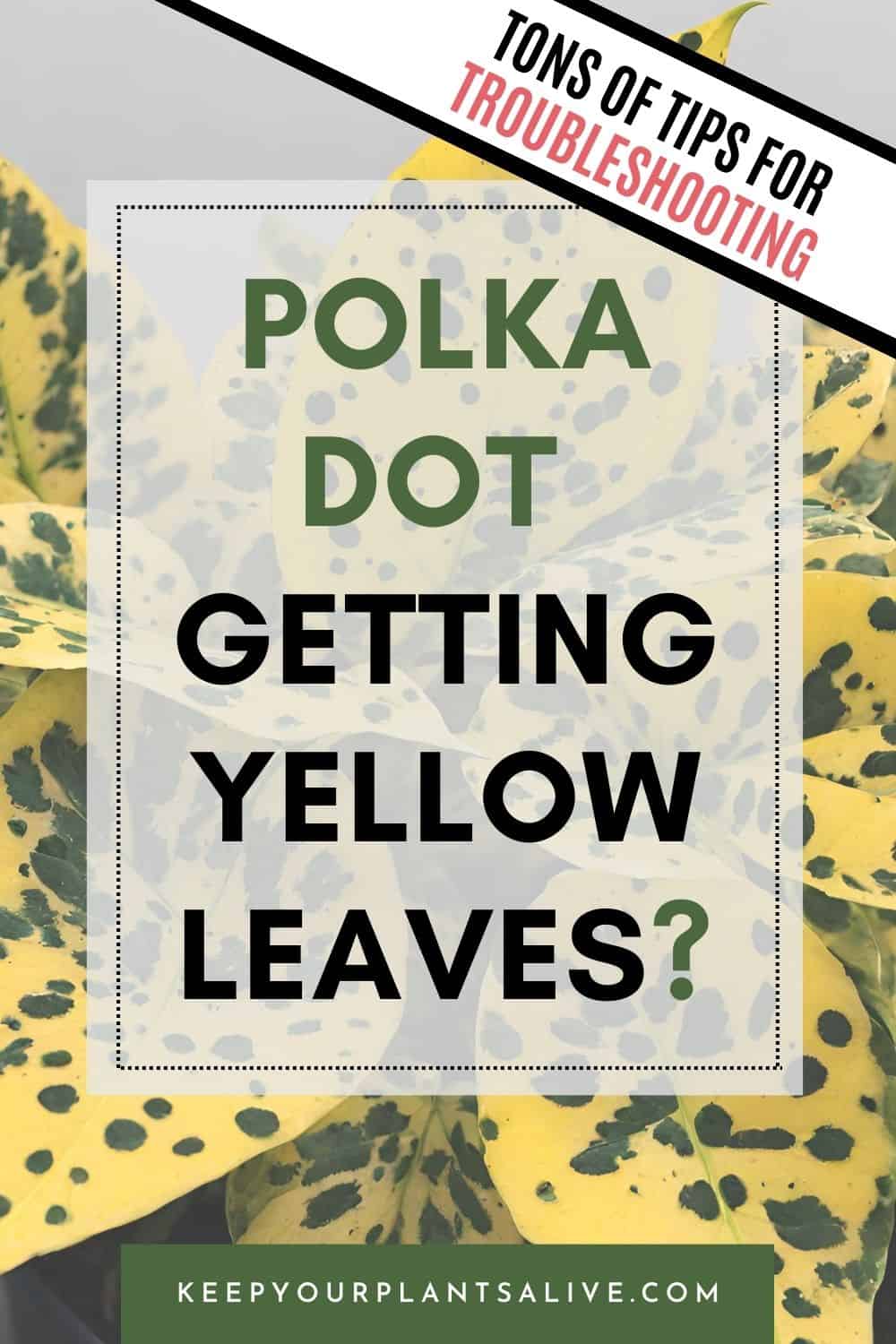Is your polka dot plant fuzzy? Learn how to nurture and revitalize your vibrant houseplant with our care tips!
The polka dot plant is a true standout with its vibrant green foliage and distinctive white dots.
Sometimes, the leaves take on a pink hue, with spots in purple, white, and red, making the plant even more eye-catching.
As for Polka dot plant care, these plants, thriving in warmer climates, can be grown indoors in containers, where they tend to stay relatively small.
However, sometimes, no matter how careful you are, things don’t work out the way they’re supposed to.
Instead of clean-looking stems and leaves, you’re faced with a fuzzy polka dot plant, leaving you wondering where you went wrong.
Don't worry, though – we're here to help you address this issue! That said, let’s see how you can take care of a furry polka dot plant!

4 Reasons why Polka dot plant fuzzy
As with every other plant, there are a few issues you might deal with while you are taking care of your polka dot plant.
Here is the list of the most common ones:
- Stunted growth
- Grey mold
- White, fuzzy patches
- Black moist stems
Now, let’s take a look at each one individually, shall we?
But, before we do that, keep one thing in mind – this plant is toxic to both humans and pets.
The leaves and the stems can cause oral irritation, and most of the toxins are found in the root of the plant.

Stunted growth
Even though you have been keeping your plant inside, and it is not supposed to grow that much, it seems like it is not growing at all.
When you notice that your polka dot plant is growing fuzzy, it means that you are doing something wrong.
In most cases, it is due to overwatering.
The leaves will become soft, wilted, and limped, making the entire plant soggy. It may even present blisters known as oedema.
Here is how to help a fuzzy polka dot plant:
- Take the fuzzy polka dot plant out of its pot and place it in a shallow saucer.
- Allow for the air to flow and dry out the roots and the entire plant.
- While this is happening, remove all the extra soil from the roots and check whether they are damaged.
- If the stems near the soil show signs of rot, the damage is extensive.
Grey mold
It is one thing to see mold on an old piece of food or hidden in a dark corner of your home – you can isolate it, get rid of it, and ensure it never happens again.
But what happens when the mold is on a living thing, i.e., your plant?
Well, in this case, the grey mold you may notice on your polka dot plant is called Botrytis Cinerea.
It's a type of fungus caused by extremely high levels of humidity.
First things first – the furry polka dot plant is not likely to suffer this kind of stress if it is inside the home.
However, if this happens, then make sure there is some proper air circulation around the plant, allowing for the extra moisture to go away.
White, fuzzy patches
Here comes the scary one – you regularly water some of your plants, and you suddenly notice that your polka dot plant has fuzzy stems.
Also known as powdery mildew, these are caused by too much moisture and poor air circulation.
Be careful not to confuse them with trichomes, which are a part of the natural development of the plant.
Trichomes protect the plant from stresses and UV damage and create a whitish fuzzy surface, while mildew creates fuzzy patches.
Inspect the plant for damaged parts and remove all the affected areas of the fuzzy polka dot plant immediately – this will reduce the risk of a new infection later on.
Give your plant a lot of airflow. Do this during the warmer days to restore your plant to its optimal shape.

Black moist stems
Once you notice something black on your plant, you know it is no good – it never is.
If the base of the plant (the stems) is black, and it seems like it has been soaking in water for a long time, then this might be caused by a specific fungus called Pythium.
This is found in the soil or the original seed. But, also, it can be spread around by wind and rain.
It thrives best in moist conditions and low temperatures without ventilation.
The best thing to do in this case would be:
- remove the furry polka dot plant from its pot
- wash it thoroughly
- leave it in a warm and dry place with proper ventilation to dry out.
Since this is a pretty serious condition, the chances of getting it back to normal are low, but it is still not impossible.
- Remove all the soil, throw it away, and clean the roots before adding the new soil to the pot.
- Remember not to overwater it, as it is in a pretty fragile state, and it needs some time to recover.
As you can notice, it is not only the fuzzy thing you notice on the plant that can cause an alarm. Actually, that is the only thing that shouldn’t alarm you!
The trichomes are not to be mistaken for all of these issues that we just mentioned today.
Thankfully, there is a solution to each one, so you don’t have to worry about your plant's health – as long as you act fast!
And with that, we conclude our guide to taking care of a fuzzy polka dot plant!
Before you go…
If you want to read something more on the subject, we have a lot more blogs waiting for you!
Thanks for reading!


Hey there, I'm Morgan, a houseplant enthusiast from sunny Charleston, South Carolina. Growing up surrounded by my mom's lush orchids and African violets, I discovered the magic of bringing nature indoors. Thanks to the pandemic, I delved deeper into houseplants, discovering their power to uplift moods and transform spaces. I'm here to spill all my secrets, helping you pick the perfect houseplant - and make it happy. Let's keep your plants alive, together! 😊




